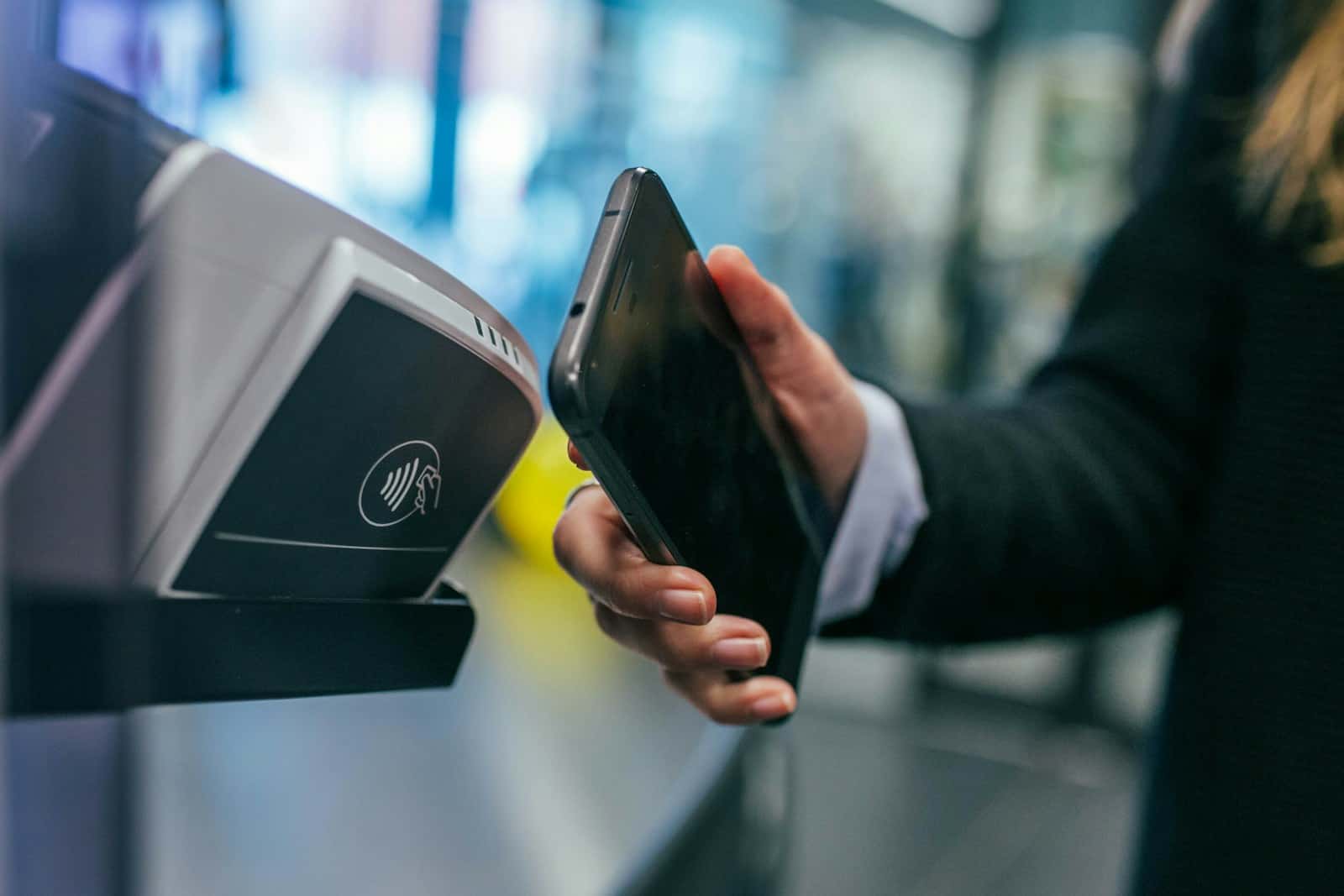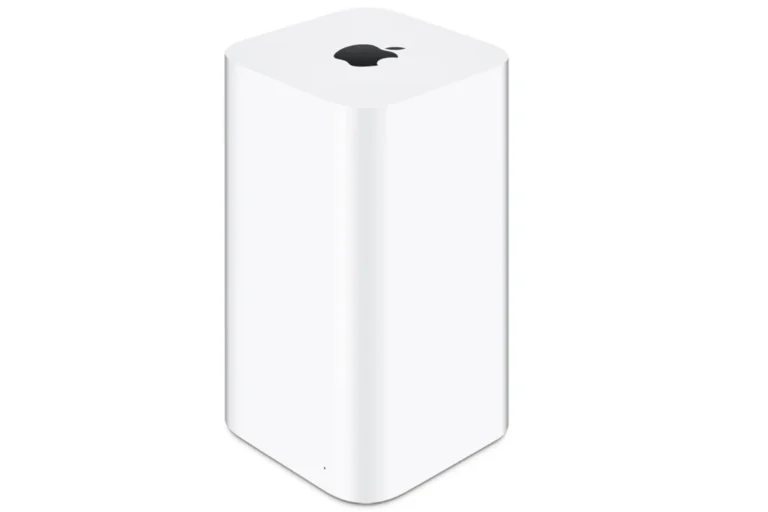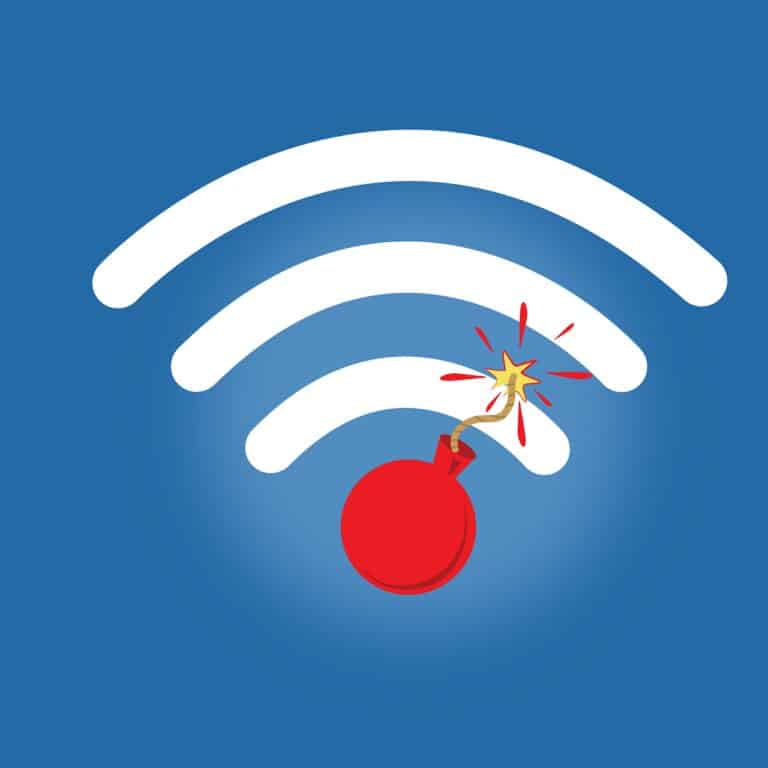Near Field Communication (NFC) and Radio Frequency Identification (RFID) are two technologies that enable wireless communication between devices through electromagnetic fields. NFC is a form of RFID with a specific focus on close-range communication, typically within a few centimeters. It is commonly used in smartphones for tasks like contactless payment and data sharing. Meanwhile, RFID has a broader range of application, widely used for tracking and managing inventory, assets, and information across various industries due to its ability to operate over longer distances.
Both NFC and RFID utilize tags and readers to initiate communication. An RFID system includes tags with embedded data that can be activated by a reader from a distance. In contrast, NFC allows for two-way communication, enabling devices to act both as a reader and a tag for interactive exchanges. This flexibility makes NFC particularly suitable for secure transactions and peer-to-peer sharing.
NFC vs RFID: Compared
| Characteristic | NFC | RFID |
|---|---|---|
| Operation | Two-way communication | Typically one-way communication from the tag to the reader |
| Range | Very short (usually within 4 centimeters) | Varies depending on frequency and tag type. Can be up to hundreds of feet for active RFID. |
| Frequency | 13.56 MHz (High Frequency) | Ranges from Low Frequency (125kHz) to Ultra High Frequency (860-960Mhz) |
| Data Storage | Can store small amounts of complex data. | Usually carries simple identification information. More complex data can be stored in some specialized RFID tags. |
| Security | Generally more secure due to short range and ability for encryption. | Varying levels of security across different RFID technologies. |
| Uses | Contactless payments, mobile file sharing, access control, device pairing | Asset tracking, inventory management, supply chain, animal identification |
Important Notes:
- NFC as a Subset: NFC is technically a specialized type of RFID, operating at a specific frequency and with a focus on short-range communication.
- Overlapping Applications: There are some usage scenarios where NFC and certain RFID types could technically be used interchangeably. However, the differences in range, security, and data types often make one technology a better fit for specific situations.
Key Takeaways
- NFC is specialized for short-range communication, while RFID covers a wider range of applications.
- RFID tags can be read from a distance; NFC requires closer proximity for interaction.
- NFC’s two-way communication supports peer-to-peer exchange, enhancing its use in secure transactions.
Understanding NFC and RFID Technologies
RFID and NFC are technologies that enable wireless communication and data transfer without needing physical contact.
The Basics of RFID
RFID, short for Radio-Frequency Identification, uses radio waves to read and capture information stored on a tag attached to an object. An RFID system consists of a tag, which carries data, and a reader with an antenna that transmits and receives signals to and from the tag. Tags can be active, having their own power source, or passive, relying on the reader’s electromagnetic field to transmit data. The applications range from inventory management to pet identification.
The Basics of NFC
NFC, or Near-Field Communication, is a subset of RFID technology, enabling contactless communication over very short distances. NFC is chiefly used in smartphones and similar devices, allowing for actions such as mobile payments, pairing with other NFC-enabled devices, and reading NFC tags. While NFC operates at the same frequency as high-frequency RFID, it’s distinct in its peer-to-peer communication capabilities.
Frequency Ranges and Standards
RFID operates at various frequency ranges:
- Low Frequency (LF): 125-134 KHz
- High Frequency (HF): 13.56 MHz, where NFC also operates
- Ultra-High Frequency (UHF): 856-960 MHz
Each frequency has different read ranges and uses. NFC employs the 13.56 MHz frequency and adheres to standards like ISO/IEC 14443, ISO/IEC 18092, ISO/IEC 21481, and NFC Forum specifications which ensure devices work together smoothly.
Application and Use Cases
NFC and RFID technologies have revolutionized how companies handle transactions, track inventory, and manage access. Let’s explore their applications in different areas.
In Commerce and Payments
NFC has become a standard for contactless payments. Services like Apple Pay and Google Pay use NFC for fast, secure transactions at retail terminals. Retailers benefit from NFC’s quick processing, as it doesn’t require physical card swipes or chip insertions; instead, a simple tap of a smartphone or credit card completes the payment. This technology uses encryption to secure the data being transferred, reducing the risk of theft and fraudulent activity.
In Tracking and Security
RFID’s strength lies in tracking and security. From controlling access to secure buildings to inventory management, RFID tags enable efficient asset tracking. Smart tags can store information about an item’s location within the supply chain, making inventory tracking more accurate and efficient. Security systems also employ RFID for its ability to monitor assets continuously, helping prevent theft and unauthorized access.
Additional Applications
Beyond the prominent uses in commerce and security, NFC and RFID extend into peer-to-peer communication and data sharing. NFC can quickly share contacts or media between mobile devices with a simple tap. It is also used in smart posters, which provide information or media directly to a user’s phone. RFID has unique applications such as race timing, where it tracks athletes’ progress in sporting events, and in inventory management tools that enhance data capture and analysis.
Frequently Asked Questions
When deciding between NFC and RFID for your project or application, it’s crucial to understand their differences and how they might impact your choice. These sections aim to address common queries and provide clear insights.
What are the pros and cons of using NFC over RFID?
NFC offers secure peer-to-peer communication and is great for simple, tap-to-pay transactions. The reduced range of NFC enhances security but limits its use in tracking over larger distances, unlike RFID.
How do NFC and RFID differ in terms of operating frequencies?
NFC operates at a single frequency of 13.56 MHz, which falls under the High-Frequency band of RFID. RFID spans a broader range, including Low Frequency, High Frequency, and Ultra-High Frequency bands.
What are the cost differences between implementing NFC and RFID technologies?
NFC typically incurs higher costs due to its more complex communication capabilities. RFID, on the other hand, provides a more cost-effective solution for tracking and identification over longer ranges.
How can one distinguish between an NFC-enabled card and an RFID-enabled card?
NFC-enabled cards usually have a symbol indicating tap-to-pay functions. RFID-enabled cards may not have distinctive markings but are often used for access control or tracking.
Can NFC technology be used to read RFID tags, and if so, under what circumstances?
NFC devices can read RFID tags that operate at the same 13.56 MHz frequency. This compatibility does not extend to RFID tags that function at lower or higher frequencies.
In terms of security, how do NFC and RFID compare?
NFC includes built-in security features for safer data exchange. RFID security varies with frequency and application but may require additional measures to prevent unauthorized access.







